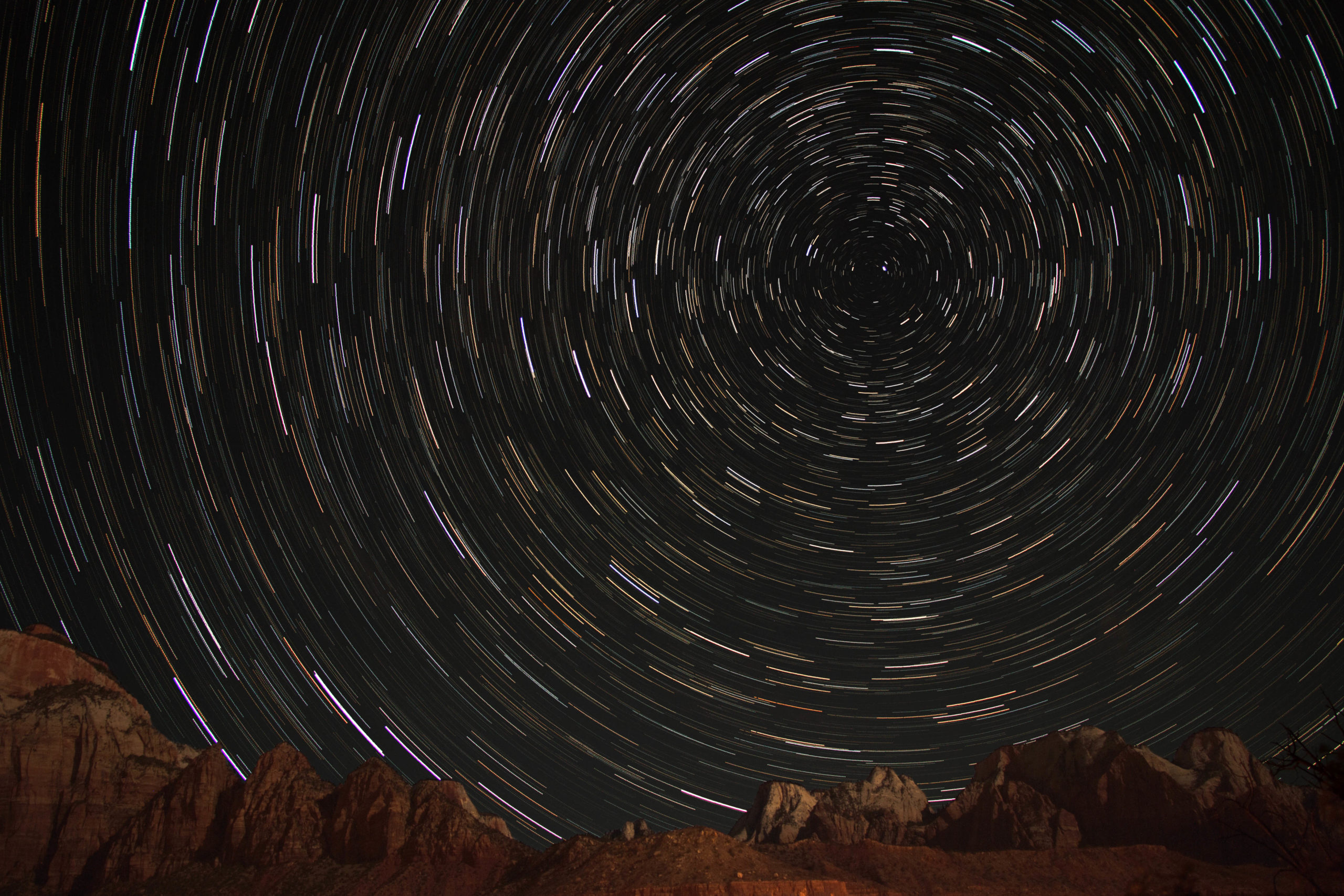2016 Best in Photography – Matthew Szczerba

Heliocentric
For most of human history, it was believed that the Earth was the center of the Universe, and that the sun, moon, stars and planets revolved around us. Not until the work of Nicolaus Copernicus and Galileo Galilei in the 16th and 17th Centuries did the heliocentric model – which placed the Sun at the center of our system – begin to gain traction. Today, we take for granted the idea that the motions of the heavens are indeed caused by the rotation of the Earth and its orbit about the Sun, and may not even take the time to look up and think it through ourselves.
Science
Like any spinning object, the Earth rotates about an axis. This imaginary line, if extended into the sky in both directions, “points” to a spot in the sky we call the “celestial pole.” In the Northern Hemisphere, where this photo was taken, only the northern pole is visible. This point lies very near the star Polaris in the constellation Ursa Minor. As the Earth rotates west to east, objects in the sky appear to rotate counter-clockwise about this pole. This photo illustrates that motion by recording light from the stars over approximately 30 minutes of time, and is composed of 59 different 30-second photos superimposed upon one another through a process called “stacking.” If you didn’t know the amount of time, you could actually figure it out just by looking at it! If you know our planet completes one rotation in approximately 1436 minutes sidereal time, you could divide 360° by 1436 minutes and learn that the Earth has an angular velocity of about 0.2507 degrees per minute. You could then pick a star trail in the photo – the longer the better – and draw two lines: one from each tip of the arc to the celestial pole. If you then divide the measure of the angle formed by the angular velocity of the Earth you found, you would obtain the total time elapsed in the photo, in minutes.
Art
This photo, an example of a type of image called “star-trails” in astrophotography, was taken from high up on a foothill just outside Zion National Park on July 26, 2015. The beauty of the environment drew me to spend some time out there with my camera overnight, and around 3am I did the capture for this image. I knew I wanted to include the north celestial pole in the shot in order to get this “tunnel” effect, which limited where I could point my camera and subsequently the amount of creative work I could do. I positioned Polaris in the upper right of the frame, following the Rule of Thirds. Additionally, the colors in this image aren’t quite balanced: they are shifted warmer, so some of the redder stars better match the orange rocks in the foreground, illuminated by the Moon from a lucky angle. The photo captures, for me, the beauty and inspiration I find in both the Earth and the Heavens, side-by-side.
